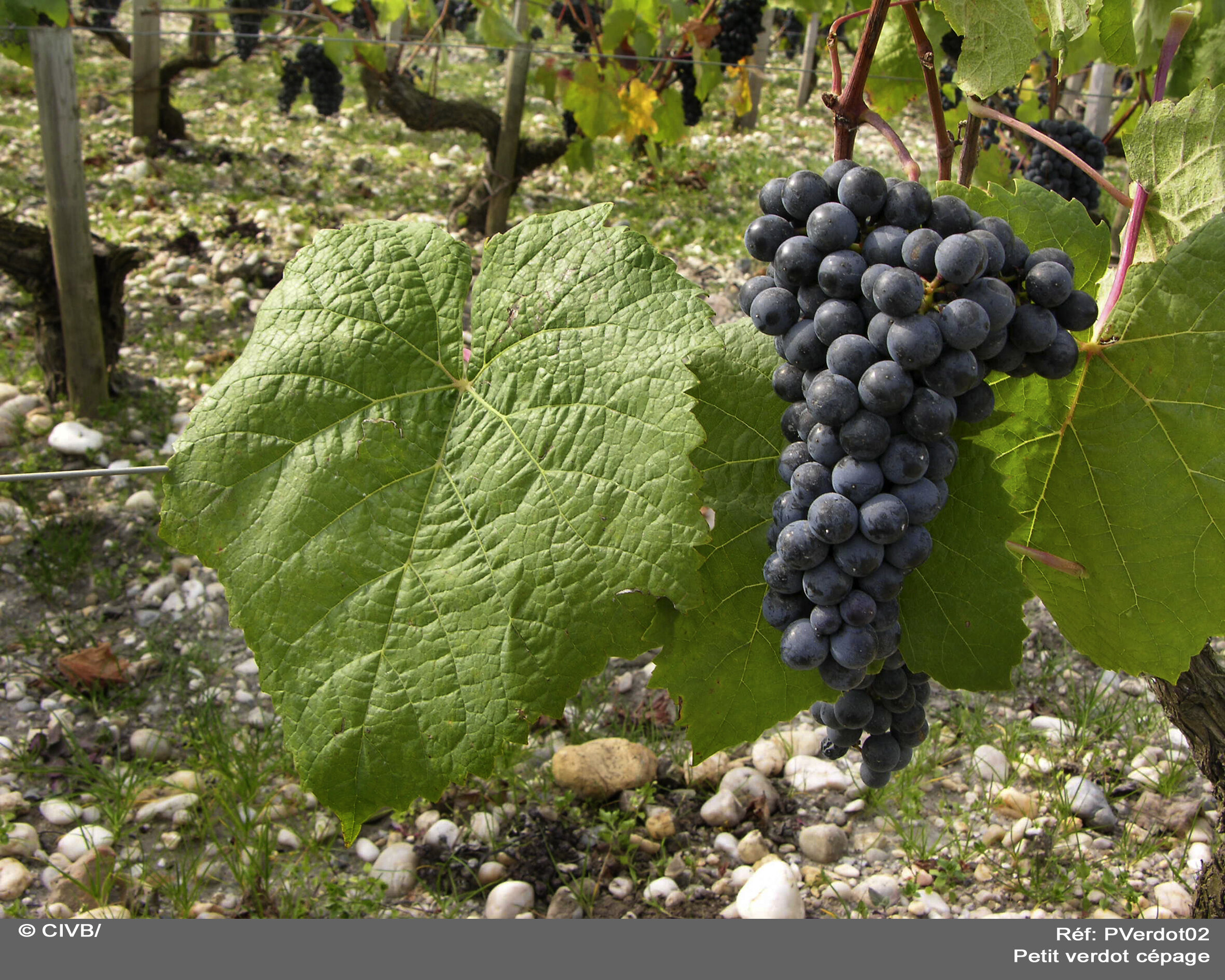Lively Bordeaux
/It is the largest wine-growing region in France, producing 700 million bottles per vintage. If it were a separate country, it would be among the largest producers in the world. Over 8500 vignerons make mostly red wine (90%) in dozens of appellations. These wines run from everyday table wines to some of the most prestigious – and pricey! – cuvées in the world. No wine lover visiting France could skip Bordeaux.
In August we were fortunate to spend two days in the vineyards – one day on the left bank, in the Médoc region, and one on the right bank in Saint-Émilion. But our base of operations was the city of Bordeaux itself, located on the Garonne river, which eventually joins the Dordogne river to form the Gironde estuary, leading to the Atlantic ocean. These rivers and proximity to the ocean influence the whole region’s mild and relatively consistent maritime climate. Climate change is beginning to make poorly-ripened vintages in Bordeaux less frequent, for better or worse. (But that topic can wait for a later post!)
From the middle ages, the city has been an important shipping port for the whole country. This helped establish the area’s wine trade because the waterways made it easy to export wine to England and, later, to the Netherlands. The “Clarets” of Bordeaux were known in faraway places at a time when much of France’s wine was unknown outside of the regions where it was produced.
Since the mid-1990s, the city of Bordeaux has transformed its historic core and waterfront from a working dock dominated by industrial buildings and parking lots into park-like common areas with green spaces, cafés and bicycle trails. Many of these improvements capitalize on the dazzling architectural heritage of the city, resulting in it being named a World Heritage Site by UNESCO in 2007. The 2016 addition of a museum dedicated to wine, the Cité du Vin, has only enhanced the city as a tourist destination. The trip from Paris is a mere two hours on the high-speed TGV train and the local area is served by a modern and efficient tram system that opened in 2003. This makes commuting between the two cities attractive to a growing number of people. Along with the city’s developments has come new concerns about gentrification as longtime residents find themselves priced out by rising rents.
The Cité du Vin is housed in a stunning building designed by Anouk Legendre and Nicolas Desmazières on the banks of the river. Far more than a place to learn the story of Bordeaux’s wines, this is a museum of the entire wine world. Through the extensive use of technology, the exhibits relate the world’s history of the vine from Bacchus to the present day. Smart-phone-like devices, equipped with “hear-through” headphones, allow visitors to hear presentations and soundtracks in their own language while never feeling isolated from those nearby. Interactive exhibits also teach about wine appreciation and a visit concludes in the top-floor wine bar where a glass of wine is enjoyed while overlooking France’s tallest vertical-lift bridge, the Pont Jacques Chaban-Delmas. The inclusion of a wine shop that stocks vintages from virtually every place wine is made celebrates the Cité’s mission “to promote and share the cultural, universal and living heritage that is wine with the broadest possible audience.”
A visit to the city of Bordeaux is a reminder of the way that wine is deeply woven into France’s history, commerce and agriculture. Although wine lovers speak of France as an “Old World” country, the progressive civic improvements in Bordeaux remind one that wine is a living thing, always evolving along with the people who produce, appreciate and consume it.














